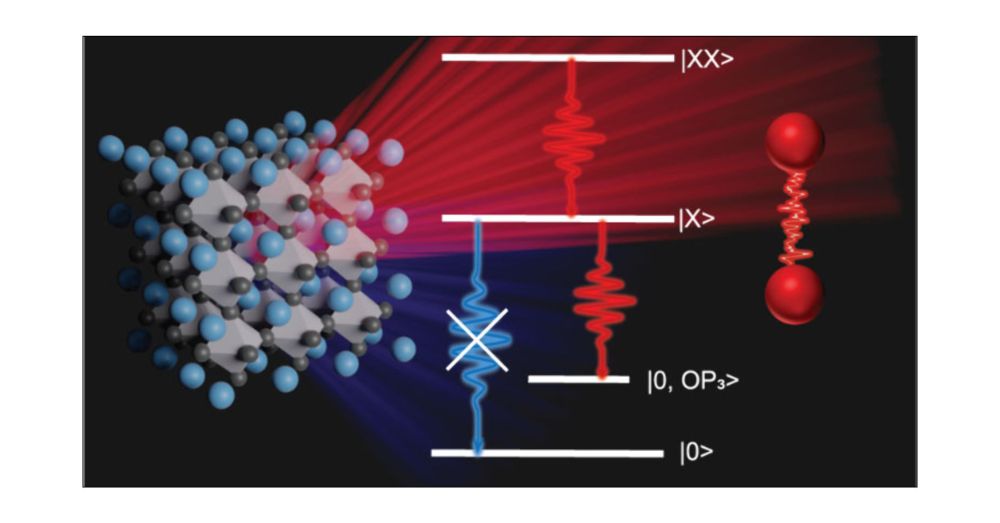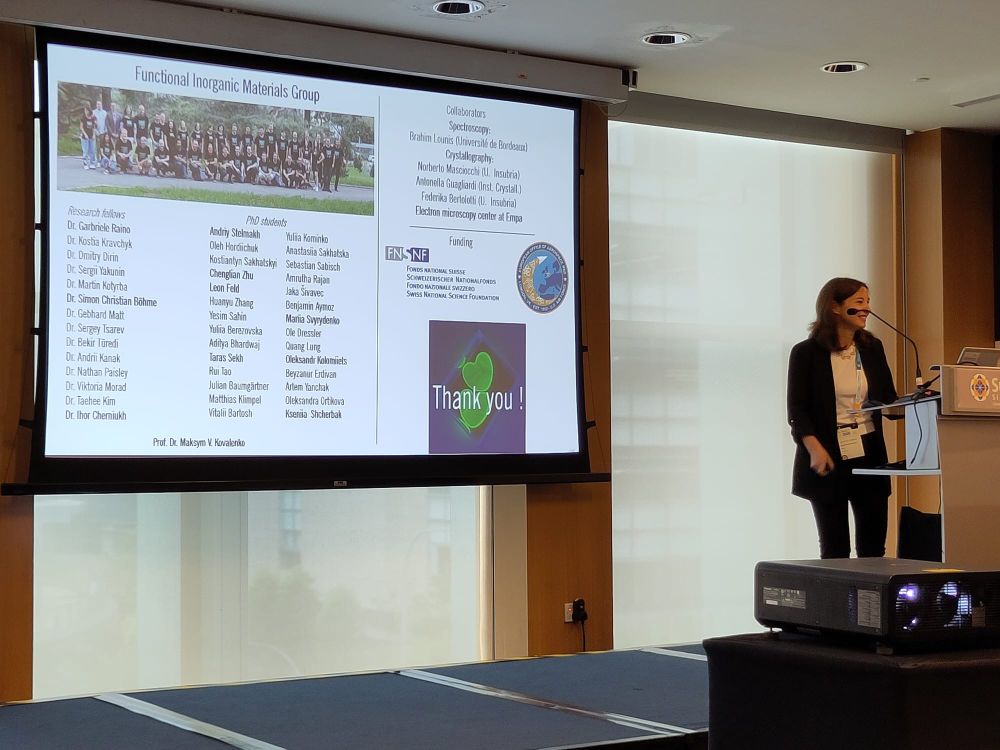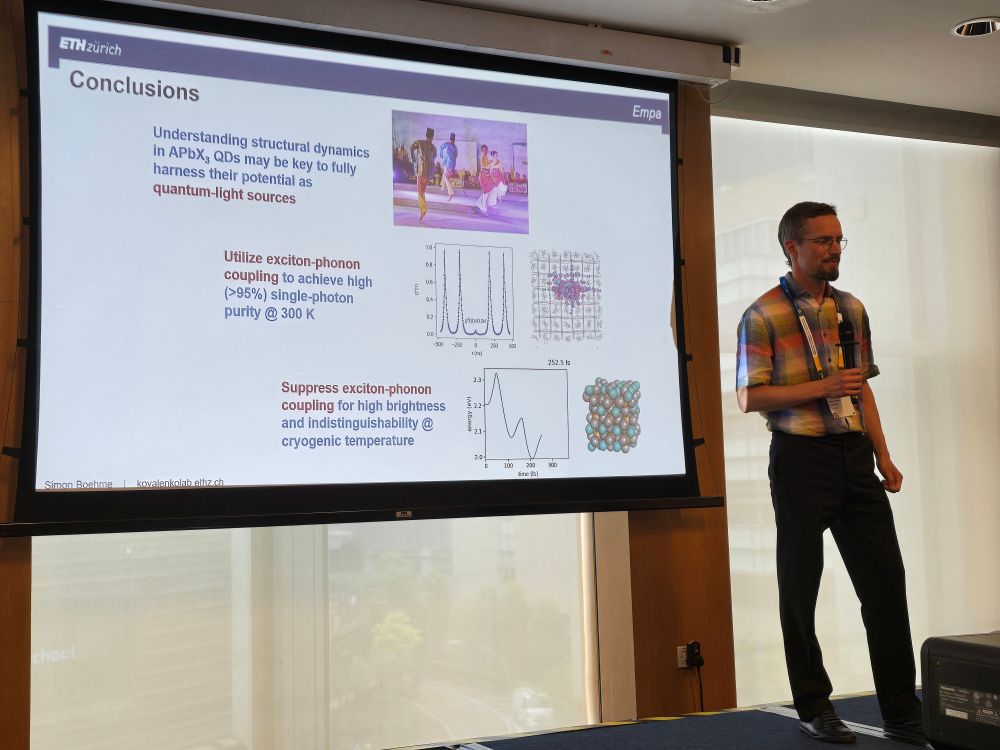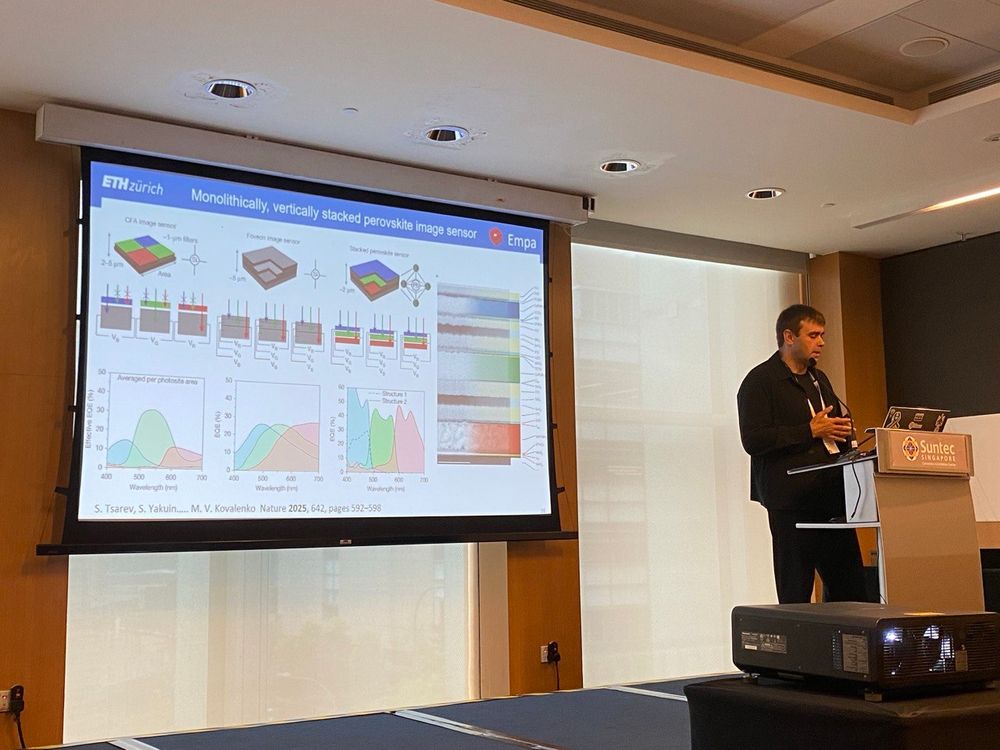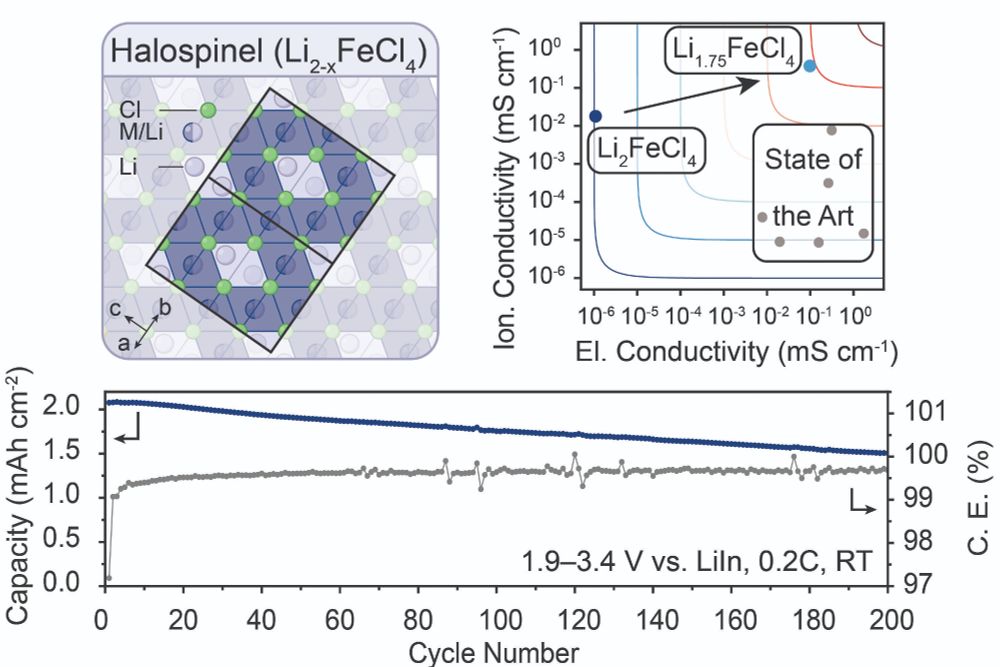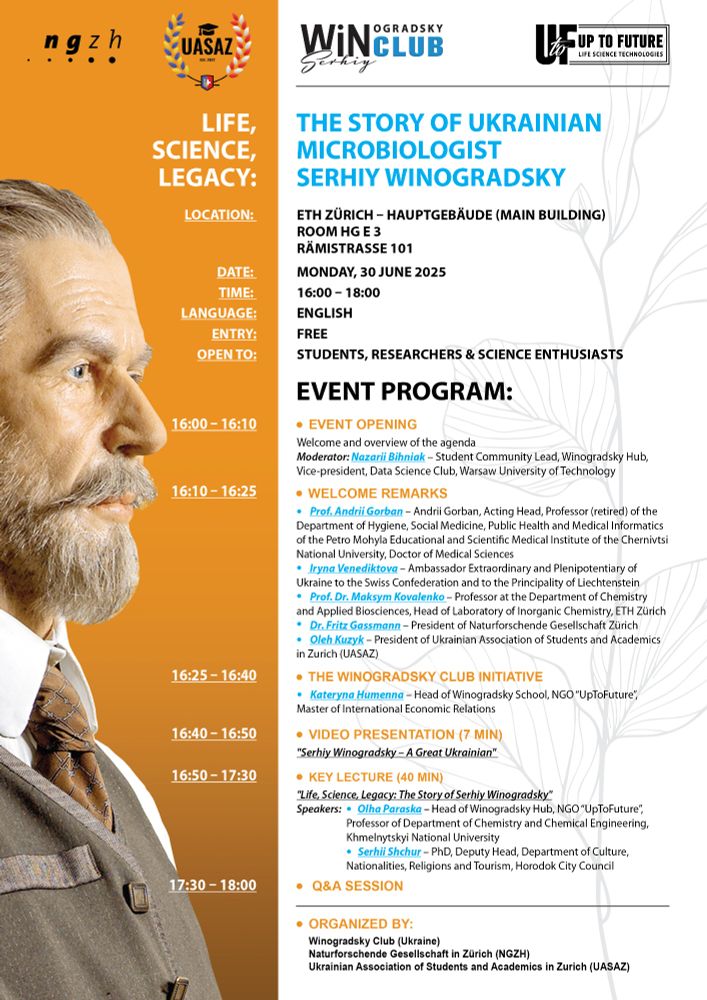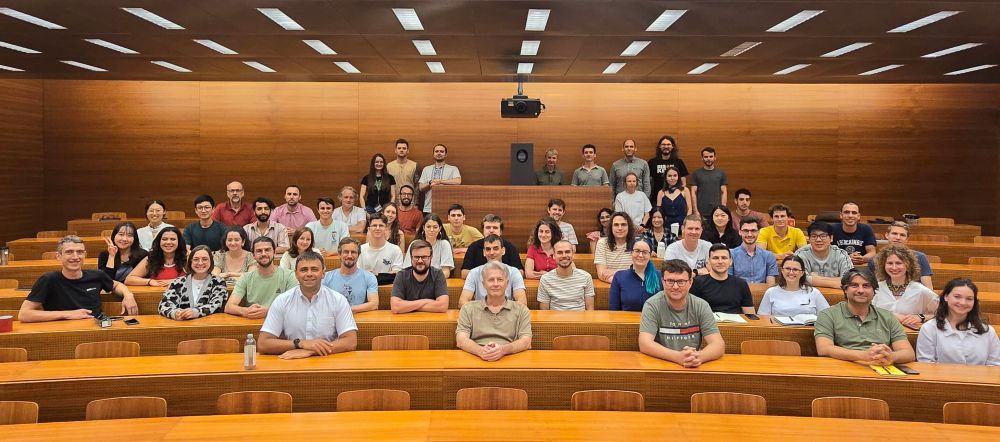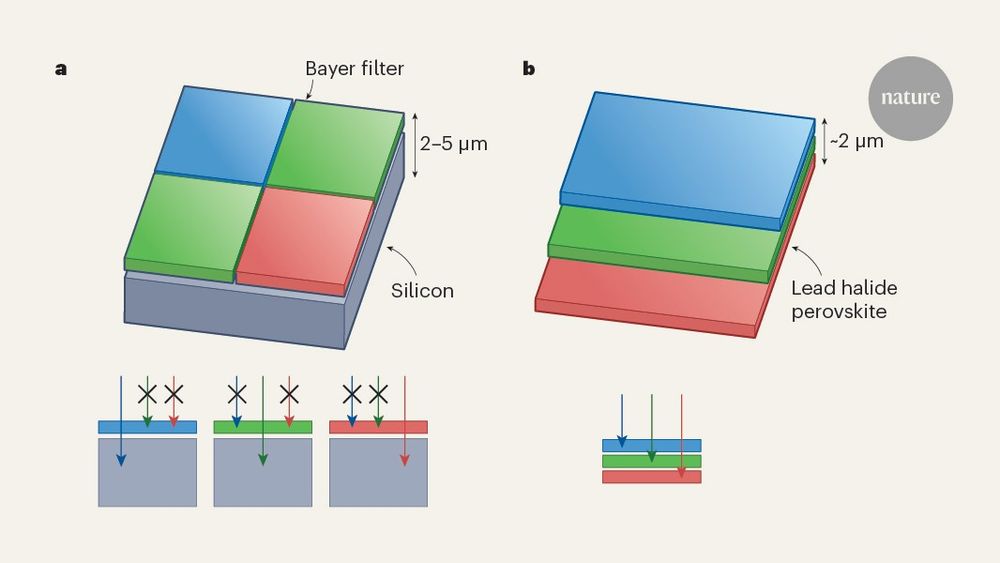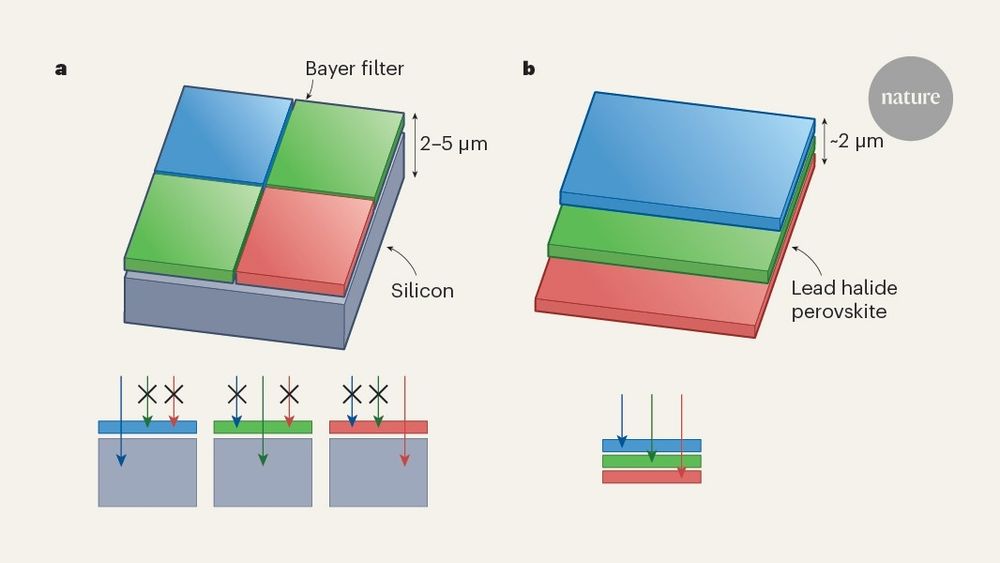Maksym Kovalenko
@maksymuki.bsky.social
140 followers
96 following
34 posts
Professor at ETH Zurich and Empa
Posts
Media
Videos
Starter Packs
Reposted by Maksym Kovalenko
Reposted by Maksym Kovalenko
Maksym Kovalenko
@maksymuki.bsky.social
· Jul 23
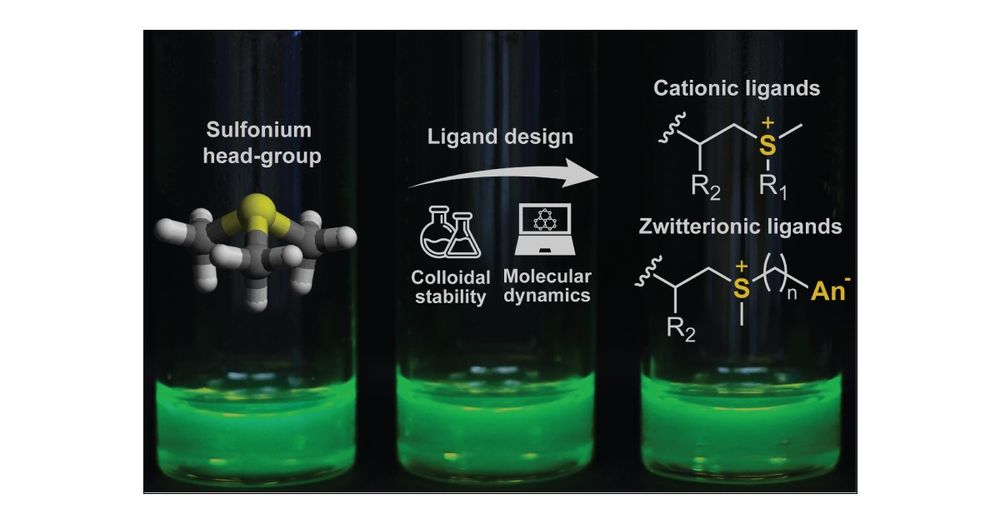
Designer Sulfonium-Based Capping Ligands for Lead Halide Perovskite Nanocrystals
The ongoing quest for improved capping ligands for lead halide perovskite nanocrystals (LHP NCs) is fueled by the immense potential of these emitters as classical and quantum light sources. Herein, we...
pubs.acs.org
Maksym Kovalenko
@maksymuki.bsky.social
· Jul 18
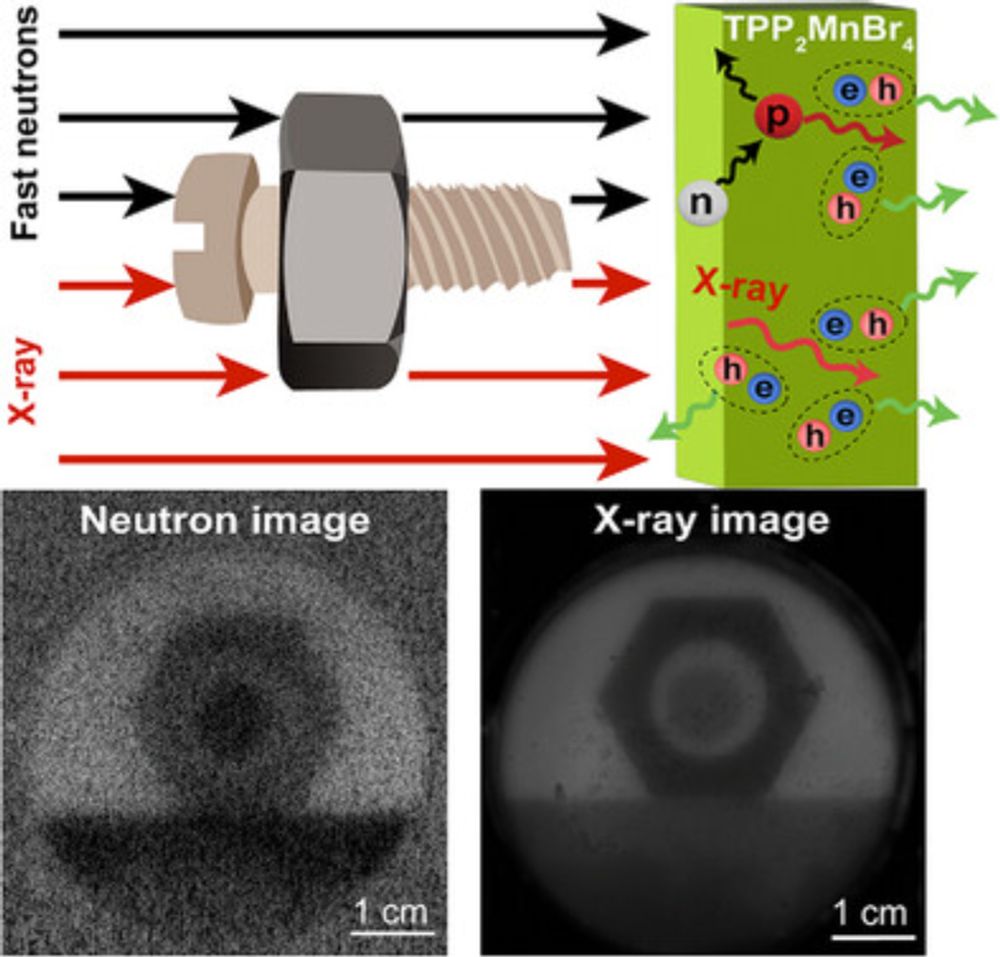
Bright Monocompound Metal Halide Scintillator for Fast Neutron Radiography
Metal halide scintillator, tetraphenylphosphonium manganese bromide (TPP2MnBr4), provides a significant benefit for fast neutron imaging. A fourfold increase in efficiency over traditional zinc sulfi...
advanced.onlinelibrary.wiley.com
Maksym Kovalenko
@maksymuki.bsky.social
· Jul 16
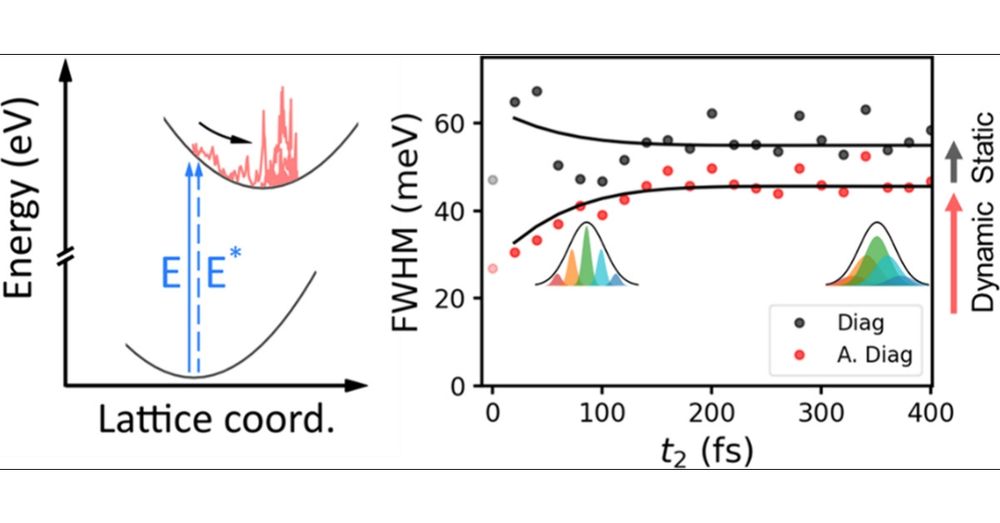
Coherent Multi-Dimensional Spectroscopy Reveals Homogeneous Lineshape Dynamics in CsPbBr3 Quantum Dots
Lead halide perovskite (LHP) quantum dots (QD) are an attractive material for light emissive applications due to their lattice, which is both dynamically disordered and defect tolerant. The developmen...
pubs.acs.org
Maksym Kovalenko
@maksymuki.bsky.social
· Jul 16
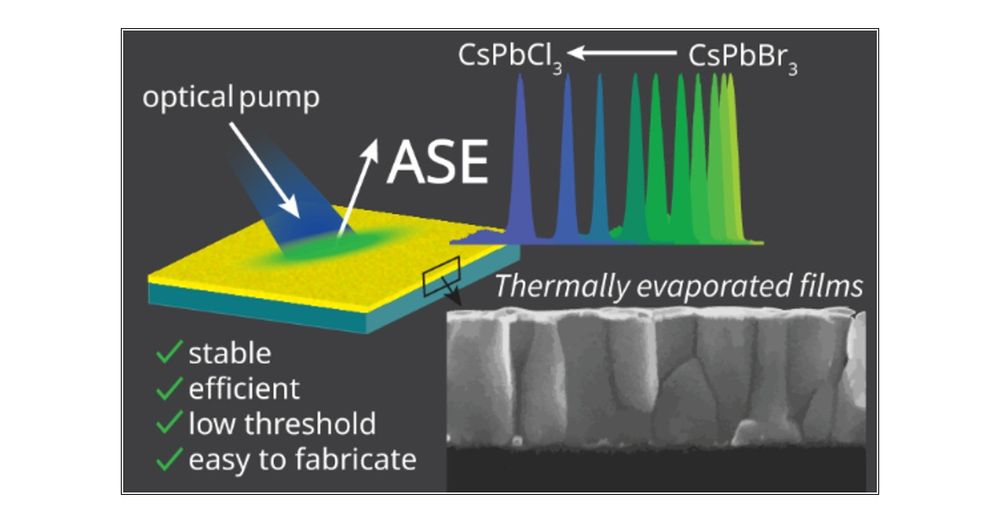
Stable, Room-Temperature, Low-Threshold Amplified Spontaneous Emission from Thermally Evaporated Cesium Lead Halide Perovskites
Semiconductor nanocrystals are widely investigated as tunable quantum emitters due to their composition-, size- and shape-dependent optical properties, and they find applications in various optoelectr...
pubs.acs.org
Reposted by Maksym Kovalenko
Maksym Kovalenko
@maksymuki.bsky.social
· Jun 27
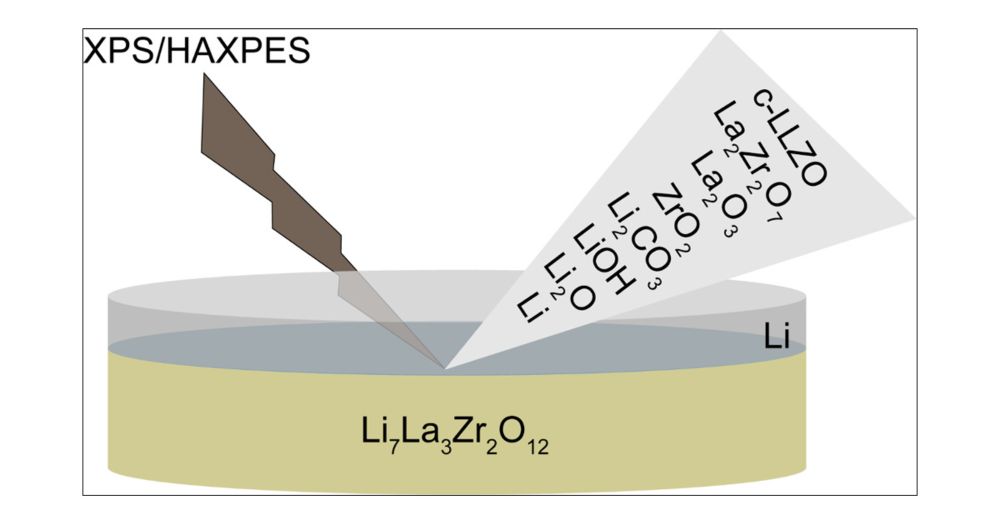
Standardizing XPS and HAXPES Analyses of LLZO Solid-State Electrolytes and Their Reactive Compounds
Surface contamination of Li7La3Zr2O12 (LLZO) is a significant challenge that impedes its use as a nonflammable and nontoxic solid-state electrolyte in high energy density, temperature-tolerant Li meta...
pubs.acs.org
Reposted by Maksym Kovalenko
Reposted by Maksym Kovalenko
Maksym Kovalenko
@maksymuki.bsky.social
· Jun 18







